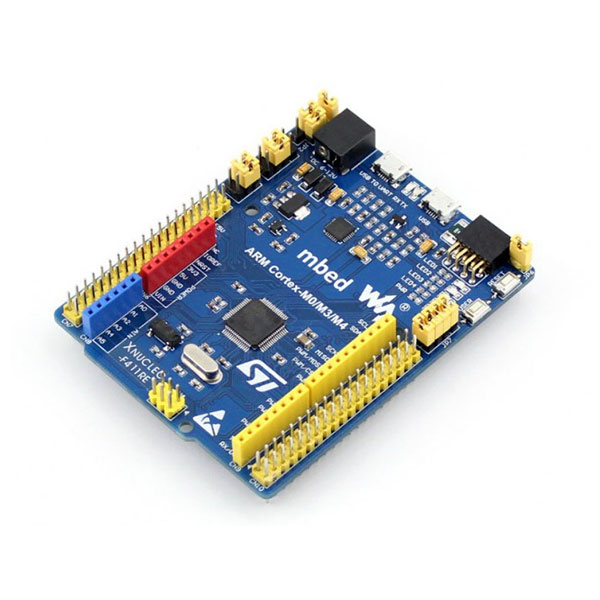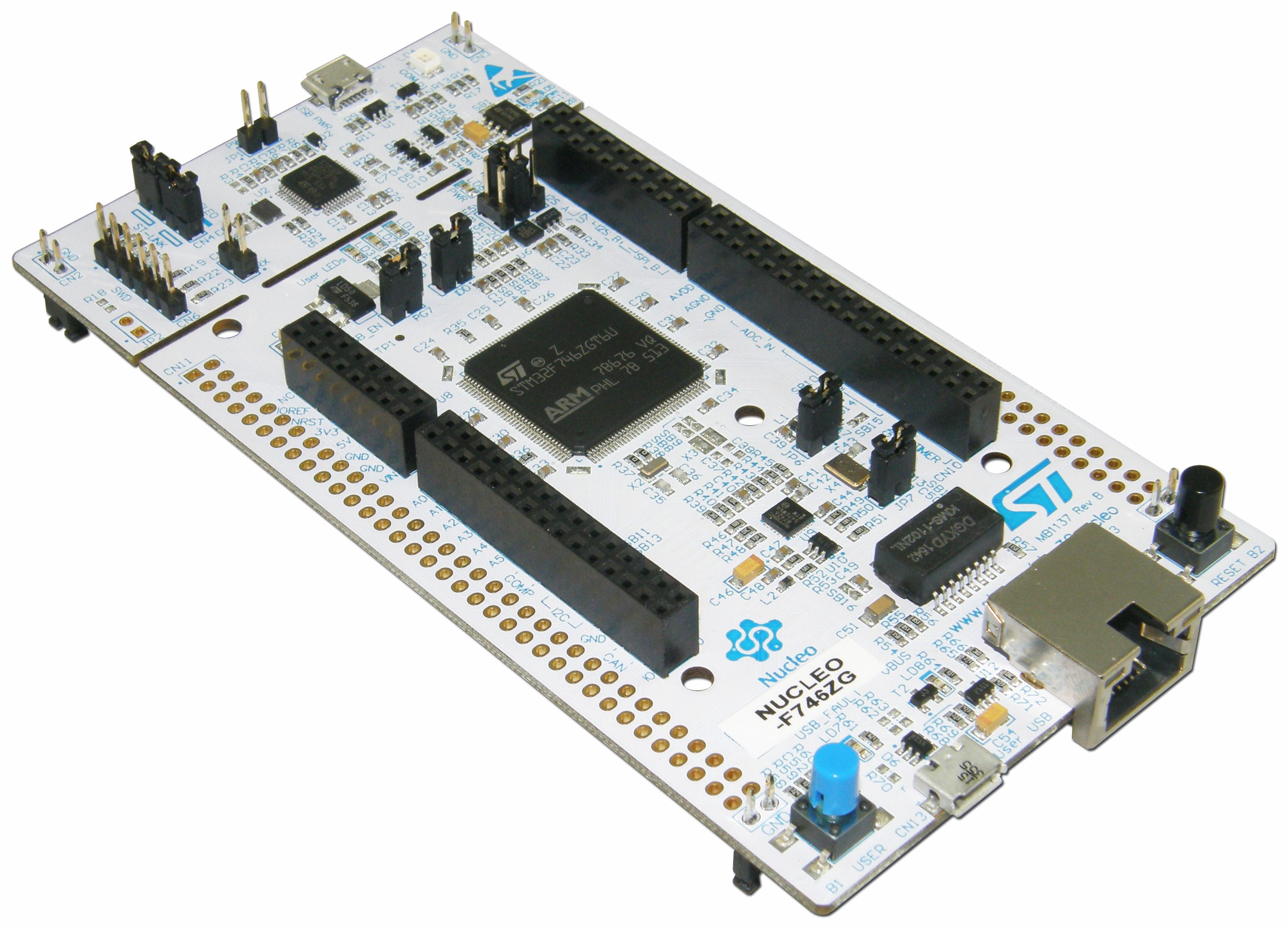
Once the program is running open the binary built with the online compiler and click on the Program verify button.
#DEBUGGING A NUCLEO BOARD INSTALL#
Install and run the STM32 ST-LINK utility. Then click on the Compile button and save the binary to your local disk.
#DEBUGGING A NUCLEO BOARD DRIVER#
If not done yet install an ST-Link/V2 driver onto your PC. If you would like to use an ST-Link V2 USB dongle (aka ST-Link V2 Programming Unit) to program the board apply the same wiring as specified above. ST-Link V2 USB dongle and STM32 ST-LINK utility įor more details have a look at the User Manual, chapterĦ.2.4 Using ST-LINK/V2-1 to program and debug an external STM32 application. To program the STM32F407VET6 board, click on the Compile button and save the binary to the NUCLEO virtual disk.Connect the NUCLEO board to your PC over a USB cable.(The VDD_TARGET pin on the NUCLEO board CON4 does not work as source of power). Provide power for the STM32F407VET6 board through a 3.3V pin, 5V pin or over a USB cable.That's why it's recommended to connect also the VDD_TARGET line when an external programmer such as a Segger J-Link is hooked up to program the board. That works with the ST-Link programmer but could potentially damage the target micro controller in case it's running at a lower voltage (e.g. Please notice that VDD_TARGET is not connected. Connect the NUCLEO board CN4 connector to the STM32F407VET6 board using flying wires as follows:.Remove the two jumpers from the CN2 connector as illustrated in Figure 8:.To do that, an additional NUCLEO board is needed (any type equipped with ST-LINK/V2-1 will do). You can use the NUCLEO virtual disk to program the STM32F407VET6 board (drag and drop programming). Programming the STM32F407VET6 board NUCLEO ST-LINK/V2-1 and drag & drop Create a program as if it was for a Seed Arch Max board (select Seeed Arch Max as target platform for the online compiler).


So to turn the LEDs on or off you have to set the DigitalOut to 0 or 1 respectively. Please notice that the on-board LEDs are connected via a resistor, to +3.3V. 2x24 side pins + 2x16 bottom pins + 1x4 ISP pins.GPIO (82) with external interrupt capability.192+4 Kbytes of SRAM including 64-Kbyte of CCM (core coupled memory) data RAM.The board is equipped with an STM32F407VET6 microcontroller compatible with the Seeed Arch Max platform. It provides an affordable (about $9 on eBay) and flexible way for users to try out new ideas and build prototypes.


 0 kommentar(er)
0 kommentar(er)
